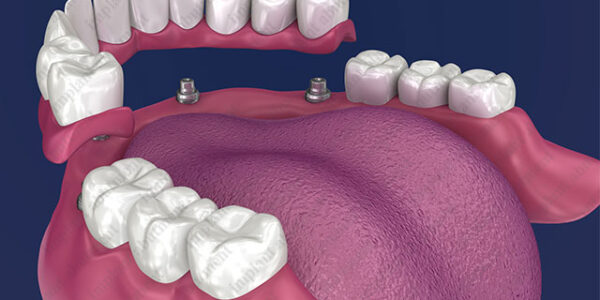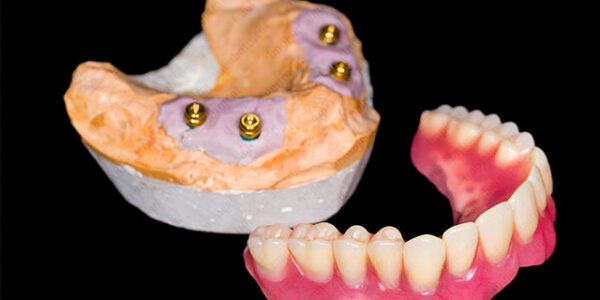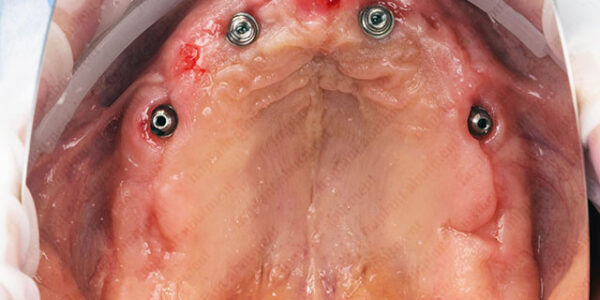Today’s modern dental implants began their journey somewhere in the 1950’s in Sweden by Dr.Branemark as he began to notice that when human bone tissue comes in to contact with metals such as titanium there was no negative reaction. The contrary was the case, bone tissue would continue to grow around titanium objects. Due to this important observation, titanium dental implants as we know them today came into play.
Before using titanium, other options were used which proved to be far less successful in their biocompatibility to titanium.
Since titanium on it’s own showed to be too hard, additional alloys were introduced in order to grant it more qualities that turned it into a more predictable and practical metal of choice in regards to dental implants.
Titanium dental implants & Titanium abutments are today by far the most widely and popular used on the market, at 95% with 98% successful outcomes over a 10 year period.
Using titanium offers way more versatility as one or two piece implants can be produced.
By providing a two piece titanium implant can offer far better adaptability as well as options for a more flexible surgical procedure while they are being placed in the patient’s mouth.
With overdentures the option of using titanium permits to either have them snap on or be permanently placed.
Which Titanium is The Best Choice For Titanium Abutments?
When searching for the best dental solutions on the market, Titanium comes with a bag full of advantages which makes it an obvious choice when deliberating which material to choose from.
Today it is best to work with GRADE 5 Ti-6AL-4V-ELI , a premium quality titanium that provides highly successful outcomes for dental abutments.
The GRADE 5 Ti-6AL-4V-ELI offers better durability, higher ductility, higher resistance to corrosion and is extremely biocompatible. Moreover, we recommend to search for Titanium Abutments that are coated with TiN/ Titanium Nitride.
By coating with TiN, there is an added surface area that provides a harder and tougher resistant surface, a better interaction with biological material, lower friction, better resistance to corrosion and abrasions.




